HOW ONE UNUSUAL VEHICLE HELPED CREATE AMERICA’S SPECIAL FORCES
- By Travis Pike
Share This Article
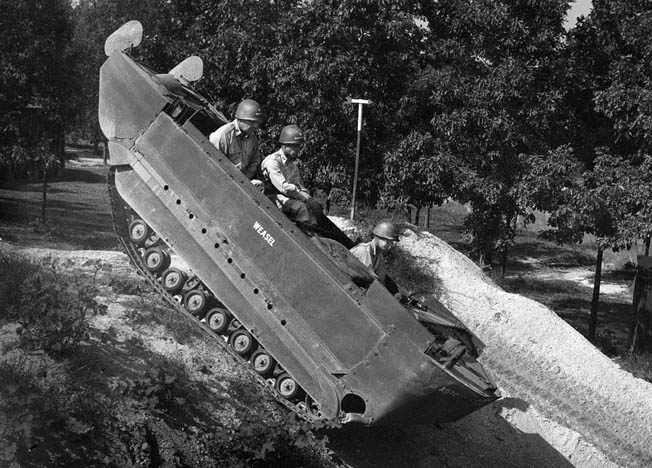
The First Special Service Force all started because an eccentric British inventor wanted to create a vehicle that could traverse the snow quickly in support of the war effort. The creation of this vehicle was called Project Plough and was thought to be strategically important for attacking targets in snow-covered Norway. It’s a bizarre story that eventually led to the creation of the U.S. Army’s elite Special Forces.
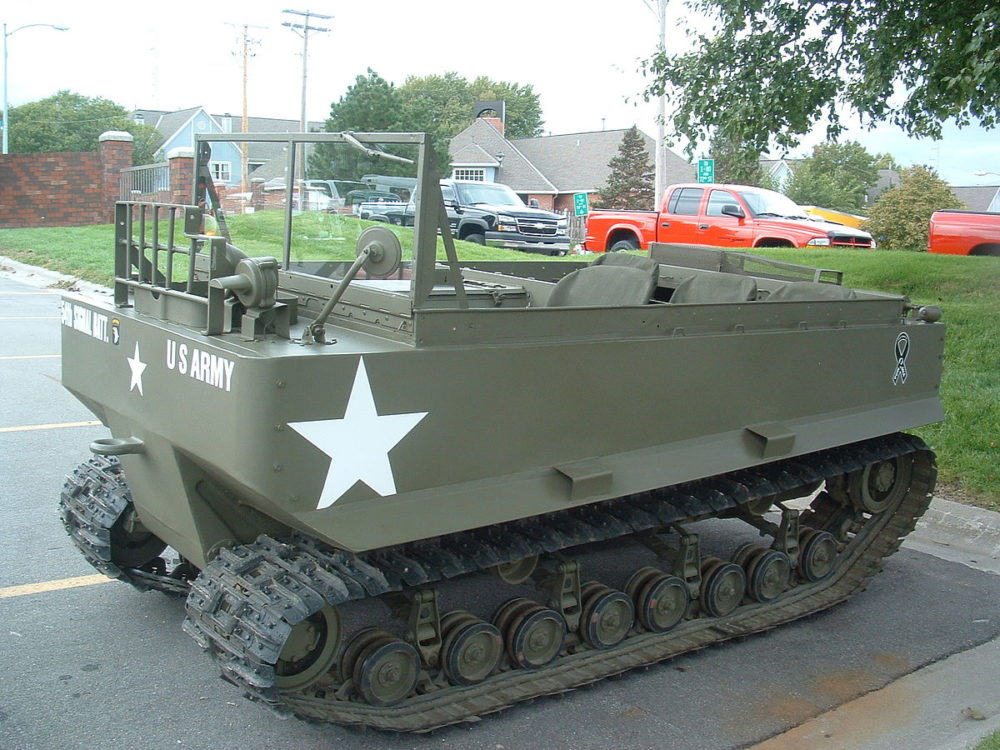
Project Plough created the M29 Weasel and, as a result, the First Special Service Force to leverage it. This vehicle and force were both intended to engage important industrial targets in German-occupied Norway, and could then serve as mountain-trained troops for the ongoing war effort. This new and unusual vehicle would spark the fire that would lead to the founding of America’s Green Berets, among a long list of other specialized units.
The First Special Service Force was born out of a specific combat need, and they’d soon come to be known as the Devil’s Brigade because of their tenacious ability to meet it. The success of the effort would ultimately come to overshadow the M29 that prompted their formation, but in the annals of history, the legends surrounding the establishment of America’s elite Special Forces will always be intertwined with the British-designed Weasel.
Related: ‘Bazooka Charlie’ turned his WWII recon plane into a tank killer
Forming the First Special Service Force
The U.S. Army formed the First Special Service Force as a joint service with the Canadian military. Despite the international cooperation, this new force answered directly to America’s Joint Chiefs, and in keeping with that, the force would be led by an American with a Canadian serving as second in command. The officers would be split evenly between Canadian and Americans, with two-thirds of the enlisted troops being American and one-third being Canadian.
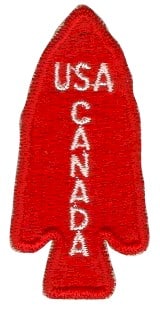
The Canadians assigned soldiers to the unit, and the U.S. took volunteers. American recruiting posters called for rangers, lumberjacks, hunters, explorers, game wardens, and prospectors. The nature of the force was kept secret, and American volunteers were told they were volunteering for a parachute regiment.
Training the First Special Service Force
Approximately 1,800 Canadian and American recruits for the First Special Service Force arrived in Helena, Montana in 1942 and began their training at a sprint. Within 48 hours, the soldiers were jumping from planes together. Keep in mind, the training ground had no towers for practice jumps, and for most, this was not only their first time jumping out of a plane, but their first time on a plane at all.
So began nearly a full year of similarly intense training. The Canadian and American forces initially felt friction, as their tactics and commands were different, their fighting was different–they even marched differently. However, working under the joint group of American and Canadian officers, the men quickly bonded through the hardship of their training.

They learned a variety of skills that would help them make the transition from soldiers to commandos. They jumped from planes, laid demolition charges, trained in small unit tactics, on top of skiing, weapon marksmanship, rock climbing, and operating the famed M29 Weasel.
Their training involved brutal 60-mile marches, hand-to-hand combat with Shanghai International Police Officers, and skiing with professional Norwegian ski instructors. They were trained by the best to be an effective mountain and cold weather fighting force. In the end, they all wore the Red arrowhead shoulder patch signifying their service with the First Special Service Force.
Related: Navy SEAL training program: What it takes to be a Navy SEAL
The unique weapons and gear of the First Special Service Force
As a mountain warfare unit, the soldiers wore cold-weather gear that was atypical for the usual soldier. They had parkas, skis, haversacks, and special mountain rations that would serve them well in these frigid environments.
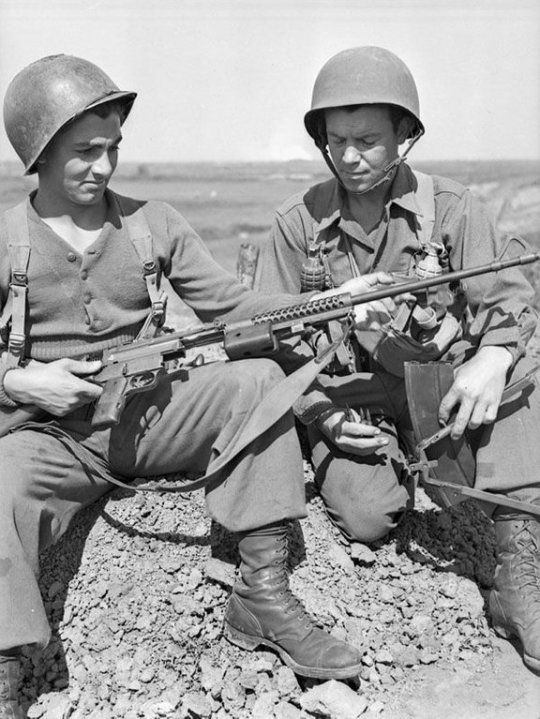
Beyond the cold weather gear, the men of the First Special Service Force wielded the best weapons available at the time. They mainly carried M1 Garand rifles, a semi-automatic weapon that easily outgunned its contemporary bolt gun competition. Soldiers in the unit wielded the famed Thompson submachine gun as well, which gave them a hard-hitting, fast-firing SMG for close-range combat.
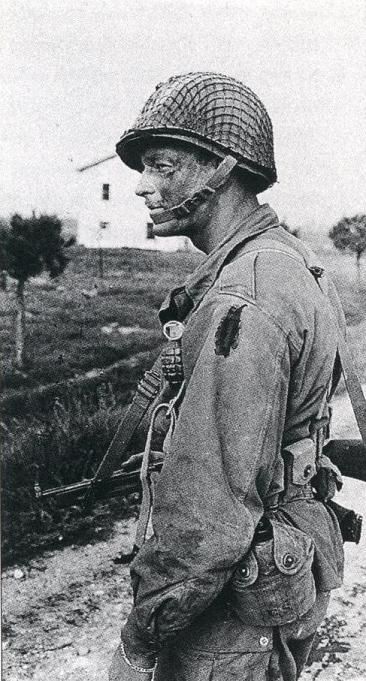
Additionally, they wielded the M1941 Johnson Light Machine Gun that utilized an unusual side-feed magazine and gave these commandos portal firepower. A specialized dagger-like fighting knife, known as the V-42 combat knife, armed the soldiers for close-quarters combat.
Related: The strangest covert weapons American spies carried in WWII
To The War
The First Special Service Force saw their first opportunity for combat on the Aleutian islands, which was an island chain off the coast of Alaska, and the only American territory to be invaded and occupied by Japanese forces during the war. That first deployment, however, would be more of a ripple than a splash in the greater scope of the war.
By the time they arrived, the Japanese had fled, and the men went back to the U.S. shortly after. In late 1943, the men of the First Special Service Force got another opportunity to prove themselves as commandos.
They were tasked with taking out two German positions in the Italian mountains. These positions were heavily fortified and extremely valuable to the German defensive line. The two mountain forts gave the Germans artillery superiority over the countryside and highway below, making just about any approach extremely dangerous, but breaking through would allow the Allies to move on toward Rome.
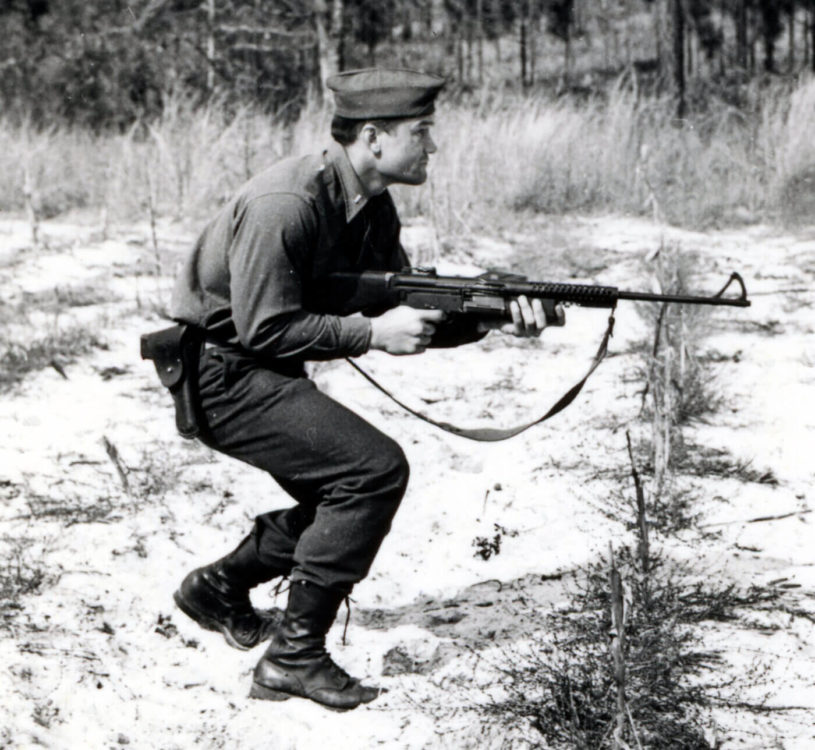
On December 2nd, the 2nd Regiment of the First Special Service Force launched their attack on the first position of the two German positions. At midnight they began their ascent, climbing up a 1,000-foot cliff face under the oppression of freezing rain and complete darkness in order to avoid detection by Nazi sentries. They crawled their way up the cliff face and established a position in a depression in the rock. The plan called for them to wait to attack, but they were soon spotted by the Germans… and all hell broke loose.
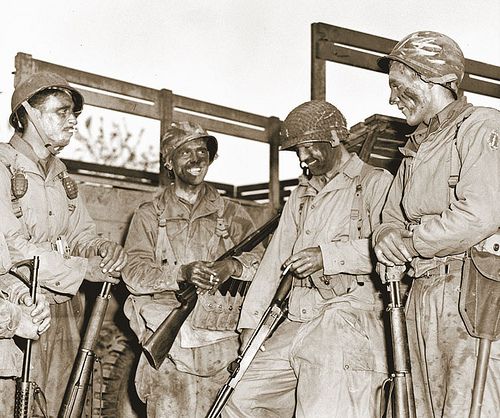
The defending Germans poured machine gun and mortar fire into the men of the 2nd Regiment, but in just two hours, the American and Canadian troops overran the Germans and took the position. The Army had believed such a victory would take 4 or 5 days, and the First Special Service Force began their tradition of over-delivering in earnest.
On December 6th, they attacked the second position, and in another three days, they took it as well. But it wasn’t just the training and the equipment that helped deliver victory; it was also the sheer toughness of the men serving in the First Special Service Force. They suffered a 77% casualty rate in their attack, but they fought on, and succeeded nonetheless.
On the March
In Anzio, Italy, the newly proven unit replaced the 1st and 3rd Ranger regiments in 1944, and held the right flank of a beachhead. They kept the German’s on their toes through aggressive patrols, convincing the German commanders that they actually faced an entire Army division.
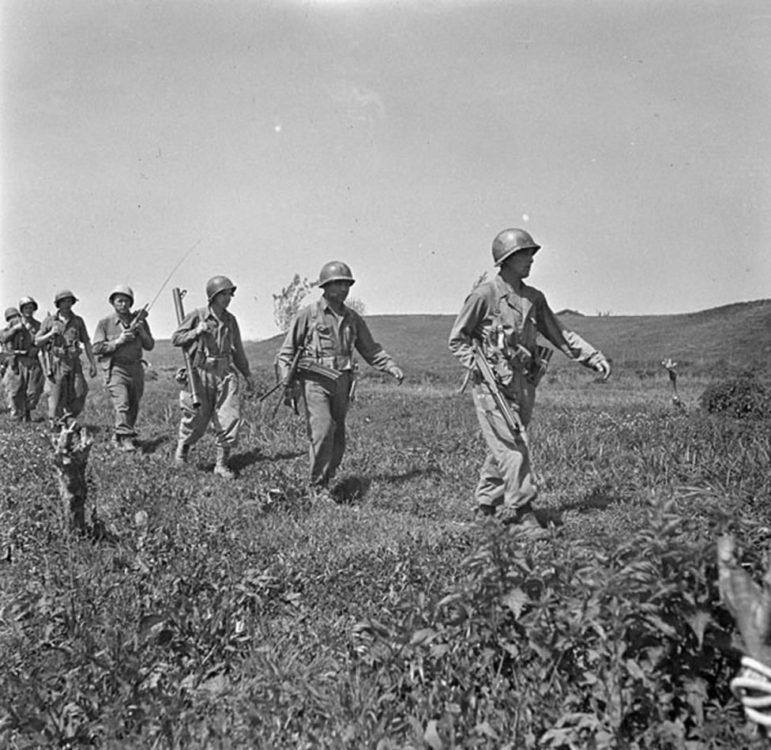
The men of the First Special Service Force fought for 99 days without relief, earning them the Black Devils’ nickname through the fighting. The name drew its inspiration from the black polish the troops applied to the faces for covert night operations. On deep recon patrols, they’d leave behind stickers in the form of their unit patch with the phrase, “The Worst is Yet to Come†in German.

In 1944 the First Special Service Force landed on a French island in the Mediterranean controlled be five German Forts. They ripped into the Germans and took all five forts in a single battle. Soon thereafter, they linked up with the Seventh Army Airborne division and set up a defensive position on the French and Italian border.
To the End
In France, the First Special Service Force fought on, taking towns and villages until December 5th, 1944. In the French village of Villeneuve-Loubet the unit finally disbanded. The American’s honored their Canadian brethren with a parade, and the men were dispersed to units in the American and Canadian armed forces respectively. In total, the First Special Service Force killed more than 12,000 Germans and captured some 7,000 more.
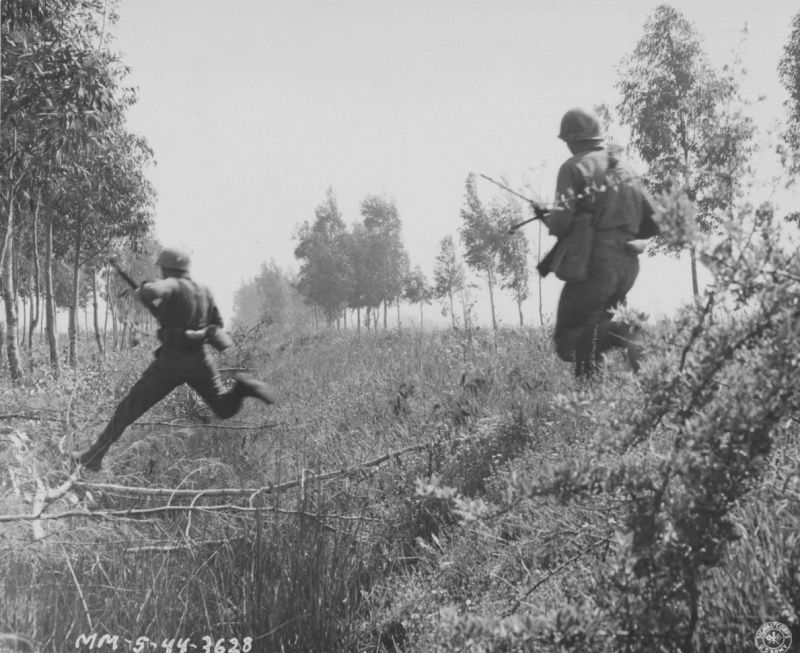
As the first Special Forces unit in modern military history, the First Special Service Force inspired countless special operations units to come–perhaps most notably, America’s own Green Berets. Yearly, American Special Forces hold a celebration on December 5th to honor these men and their courageous actions in the face of evil. Like many, they heard a call to duty and answered it, and many gave their lives to the call. They are truly men worth remembering and honoring.
Incredibly, The M29 Weasel that was there at the beginning of the First Special Service Force went don’ to serve its country honorably in a variety of roles until 1993.
Related Posts
Sandboxx News Merch
-

A-10 ‘Thunderbolt Power’ Poster
$22.00 – $28.00 Select options This product has multiple variants. The options may be chosen on the product page -

A-10 ‘Warthog’ Poster
$22.00 – $28.00 Select options This product has multiple variants. The options may be chosen on the product page -

F-35 ‘Lightning’ Poster
$22.00 – $28.00 Select options This product has multiple variants. The options may be chosen on the product page
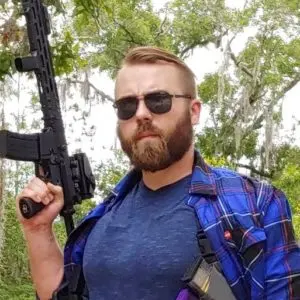
Travis Pike
Travis Pike is a former Marine Machine gunner who served with 2nd Bn 2nd Marines for 5 years. He deployed in 2009 to Afghanistan and again in 2011 with the 22nd MEU(SOC) during a record-setting 11 months at sea. He’s trained with the Romanian Army, the Spanish Marines, the Emirate Marines, and the Afghan National Army. He serves as an NRA certified pistol instructor and teaches concealed carry classes.
Related to: Military History, Special Operations

The Switchblade, loitering munitions, and the new terrifying face of warfare
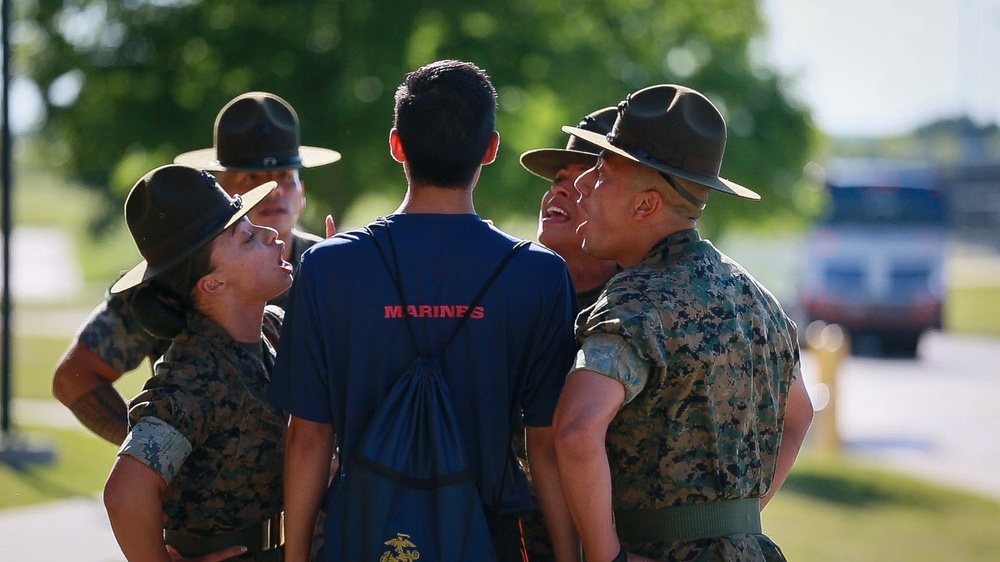
5 ways to prepare and survive the Marine Corps boot camp

Barrett’s Squad Support Rifle System will make infantry squad deadlier
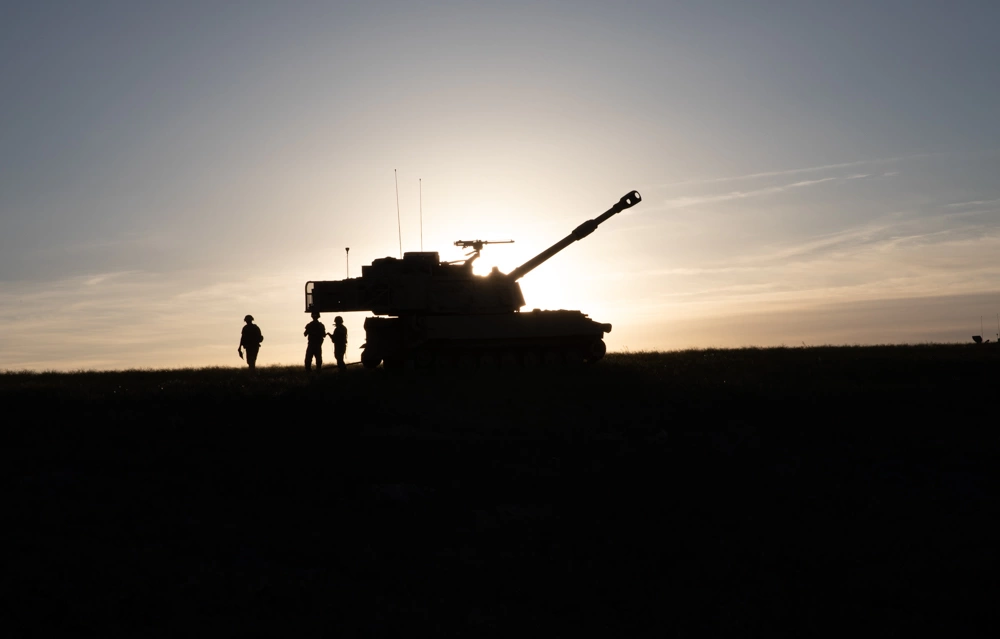
The unique world and uses of howitzers
Sandboxx News
-

‘Sandboxx News’ Trucker Cap
$27.00 Select options This product has multiple variants. The options may be chosen on the product page -

‘AirPower’ Classic Hoodie
$46.00 – $48.00 Select options This product has multiple variants. The options may be chosen on the product page -

‘AirPower’ Golf Rope Hat
$31.00 Select options This product has multiple variants. The options may be chosen on the product page -

‘Sandboxx News’ Dad Hat
$27.00 Select options This product has multiple variants. The options may be chosen on the product page
